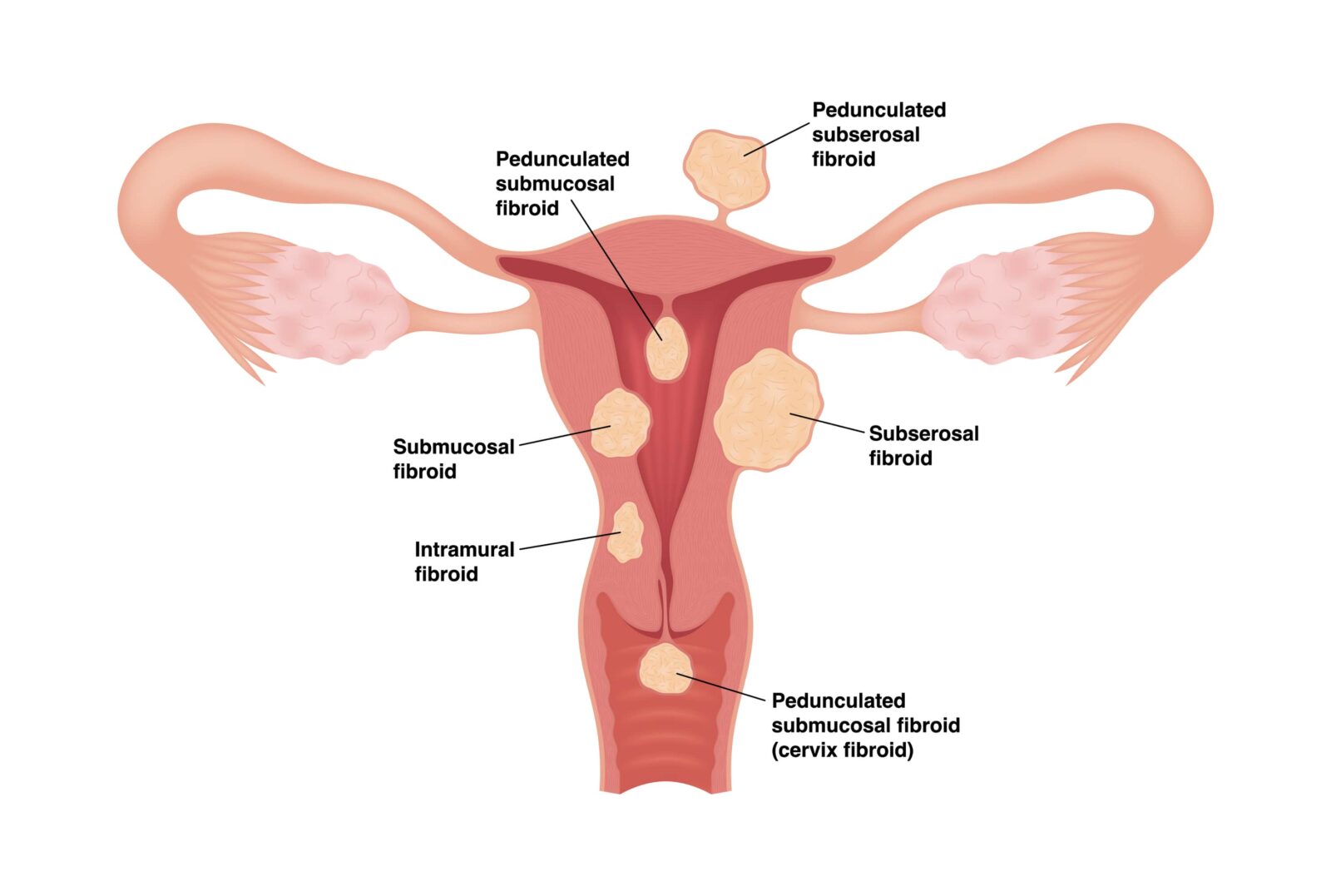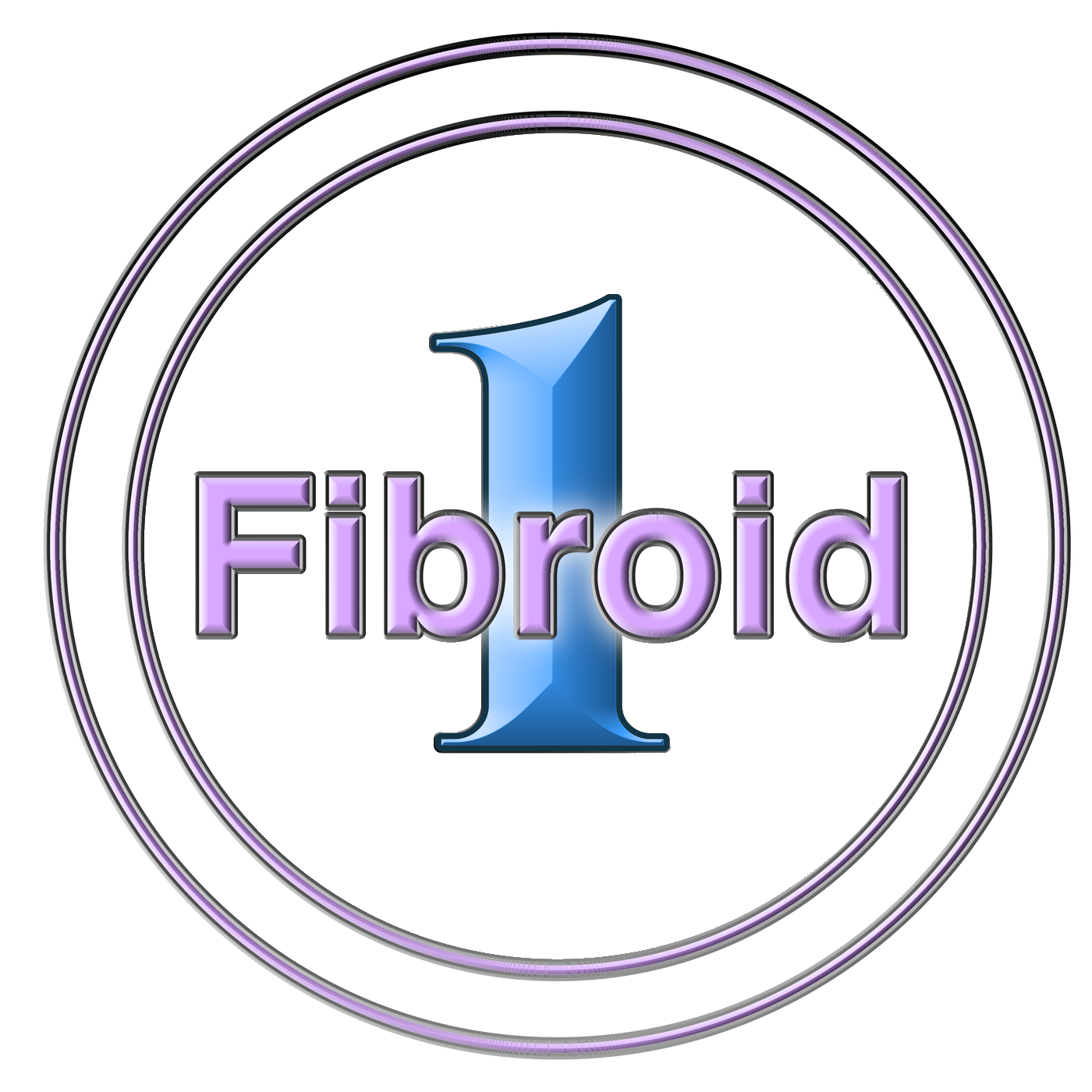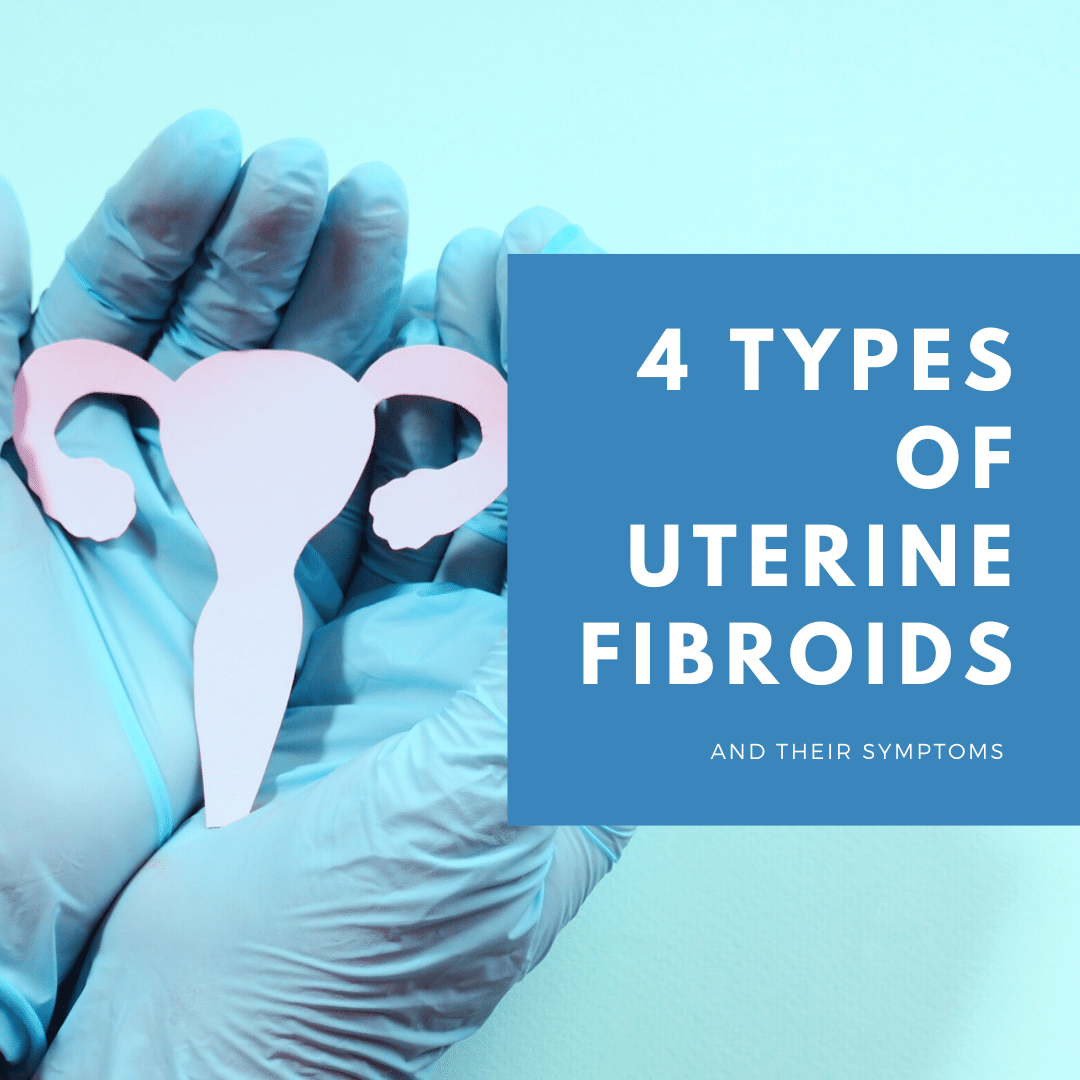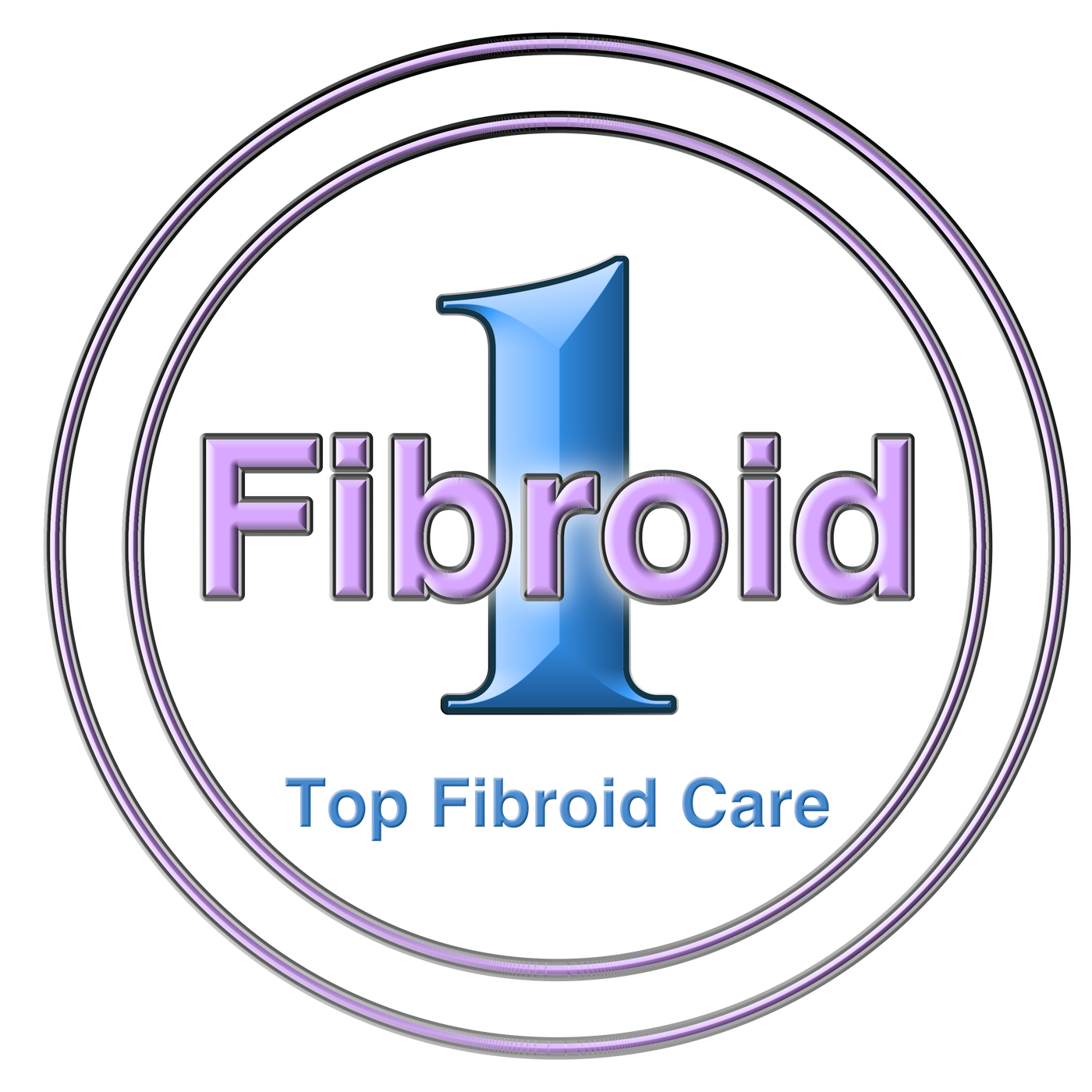Uterine fibroids are common benign tumors that form in the uterus. There are four main types of uterine fibroids, each with their own set of symptoms and causes. In this blog post, we will discuss the four types of fibroids and their associated symptoms. We will also talk about how these tumors are diagnosed and treated.
The Four Types of Fibroids
First and foremost, it is important to know what fibroids are. Fibroids are non-cancerous tumors that grow in or on the uterus. They are also known as myomas or leiomyomas. Fibroids can be small, like a pea, or large, like a melon.
There are four main types of fibroids:
Submucosal fibroids:
These fibroids grow in the inner lining of the uterus. If they grow large enough, they can block the fallopian tubes and affect fertility. They can cause heavy and/or prolonged bleeding during menstruation, as well as pain and cramping. They can also cause the passing of clots and can eventually lead to fatigue and anemia.
Intramural fibroids:
These are the most common types of fibroids. They start within the uterine wall and grow out from there. They can become quite large and can easily be mistaken for pregnancy or weight gain. Intramural fibroids can cause heavy menstrual bleeding, pain during menstruation and intercourse, as well as generalized pain in the pelvic region due to pressure on the surrounding organs.

Subserosal fibroids:
Subserosal fibroids grow on the outside of the uterus and can continue to grow outward. As a result, they can cause pressure and pain in the pelvic region, as well as backaches, depending on their size and location. They can also cause symptoms such as bloating, indigestion, constipation, and frequent urination. Subserosal fibroids do not affect the menstrual cycle, however, since they are not located within the uterus itself.
Pedunculated fibroids:
Pedunculated fibroids have a stalk that attaches them to the inside (submucosal) or outside (subserosal) of the uterus. They can cause pain and cramping, as well as bleeding between periods. If the stalk twists, it can cut off the blood supply to the fibroid, causing sharp pain.
Now that we have discussed the four types of fibroids, let’s talk about how they are diagnosed and treated.
Fibroids are typically diagnosed during a routine pelvic exam. Your doctor will feel for any lumps or growths in your uterus. If they suspect you have fibroids, they may order an ultrasound to confirm the diagnosis. Once fibroids have been diagnosed, treatment options will be discussed.
Treatment options for fibroids include:
Watchful Waiting:
If the fibroids are small and not causing any symptoms, your doctor may recommend this option. You will be monitored over time to see if the fibroids grow or change.
Medication:
There are several different types of medication that can be used to treat fibroids. These include:
- Gonadotropin-releasing hormone (GnRH) agonists: these drugs work to shrink fibroids by putting a temporary halt to menstruation. They are typically only used for a short period of time (up to six months) due to the side effects, which can include hot flashes, mood swings, and vaginal dryness.
- Progestin-releasing intrauterine devices (IUDs): these are small, T-shaped devices that are placed in the uterus. They release progestin, which is a hormone that helps to shrink fibroids and can also help to lessen heavy bleeding.
- Oral contraceptives: birth control pills can help to shrink fibroids and regulate the menstrual cycle.
- Nonsteroidal anti-inflammatory drugs (NSAIDs): these can help to relieve pain and cramping associated with fibroids.
Surgery:
In some cases, surgery may be necessary to remove the fibroids. This can be done through a hysterectomy (removal of the uterus) or myomectomy (removal of the fibroids). Surgery is typically only recommended if other treatment options have failed or if the fibroids are causing severe symptoms.
In Conclusion
In this blog, we have discussed the four types of uterine fibroids and their symptoms. We have also talked about how they are diagnosed and treated. If you think you may have fibroids, be sure to talk to your doctor. They can help to diagnose and treat the condition. Fibroids are relatively common and can be effectively managed with medication or surgery.












